Your hip flexors are an important and often forgotten part of your lower body that if neglected, can cause you a lot of pain and discomfort in your lower back and legs. First, let me explain what the hip flexors are and what they do.
Purpose
The hip flexors connect to your spine around the T12 vertebrae and extend down to your Femur bone at the top of your quads. Their function is to help with the movement of the hips and enabling you to move your legs up and down in front of you as you would when you are climbing stairs or on a hike with a lot of uphill sections.
Assisting Muscles
Your hip abductor muscles, calves, and abs also assist your hip flexors with these movements. If any of these muscles are weak, the others will try and compensate.
Opposing Muscles
The antagonistic muscles are the gluts, and they concentrically accelerate hip extension and as you would imagine they do the opposite of what the assisting muscles do. In a way they create a balance for all the different ranges of motion the human body can accomplish.
Problems
If you sit at a desk for long periods of time or do a lot of hiking, you could end up with shortened hip flexors. This can cause a lot of pain and discomfort in the lower back and down your leg all the way to your feet. When your hip flexors are shortened, they can pull on your spine and cause a disc to slip out which can then hit a nerve causing all kinds of problems. Most people sit for most of the day while they are at work and you wouldn’t think that a desk job would be hazardous to your health, but those types of sedentary jobs can cause as many problems as physical jobs like construction or any other trade
Solutions
When you have shortened hip flexors, you need to stretch them to counteract the effects of sitting for hours on end.
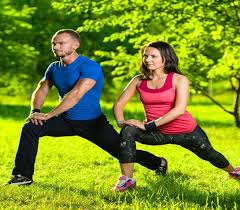
If stretching is not helping with your pain, you may need to strengthen your hip flexors by doing the following exercise:
- Stand facing a wall with your feet about two feet away and shoulder width apart
- Lift your leg up as high as you can towards your chest with your knees bent.
- Repeat that movement 10 times and then do the other leg
See a Chiropractor
If you are not able to relieve your pain and discomfort by stretching and strengthening your hip flexors, you may need to see a chiropractor where they will assess your individual situation and recommend a treatment plan that is suited for your needs. According to Vida Chiropractic in Kelowna, you might benefit from several active release techniques that will relieve back pain and sciatica. All their treatments can be done while you are lying on a table and none of them involve anything that is scary such as cracking your neck or spine.
Here is an informative video that shows some of the techniques that you an expect to have performed on you when you visit a chiropractor.

 Typically they would examine the patient from the back and look at how the skull, spine, shoulder blades, and hips line up. Anything that is protruding or leaning can mean that there is a curvature somewhere on the spine which can put extra stress on certain parts of the spine. Next, they would check the pelvis and hips right on top of the pelvic bone which is also known as the ilium and if one side is higher than the other it can mean that the affected hip is moving backwards causing pressure on the spine in the lower back.
Typically they would examine the patient from the back and look at how the skull, spine, shoulder blades, and hips line up. Anything that is protruding or leaning can mean that there is a curvature somewhere on the spine which can put extra stress on certain parts of the spine. Next, they would check the pelvis and hips right on top of the pelvic bone which is also known as the ilium and if one side is higher than the other it can mean that the affected hip is moving backwards causing pressure on the spine in the lower back.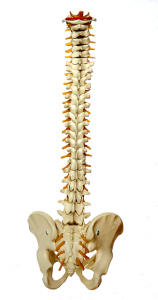 strikes fear in their hearts.
strikes fear in their hearts.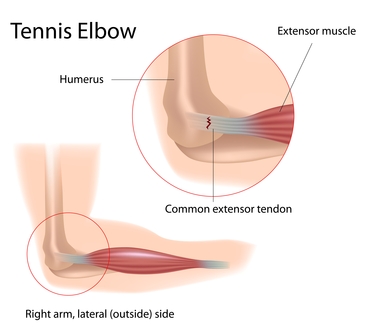
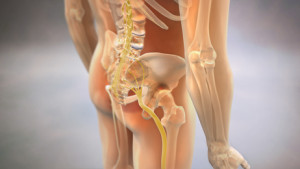 How do you know if you have Sciatica? You may experience suddenly feel pain in your hip, and down only one leg. It could also feel numb and may hurt more when you sitting than when you are standing. Although most people suffer from sort of back pain throughout their lives, it usually doesn’t involve the sciatic nerve. Sciatica can last for several days, and surprisingly, most people that get sciatica are in the age range of 3o to 50.
How do you know if you have Sciatica? You may experience suddenly feel pain in your hip, and down only one leg. It could also feel numb and may hurt more when you sitting than when you are standing. Although most people suffer from sort of back pain throughout their lives, it usually doesn’t involve the sciatic nerve. Sciatica can last for several days, and surprisingly, most people that get sciatica are in the age range of 3o to 50.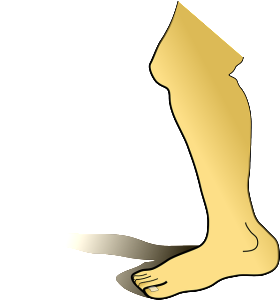
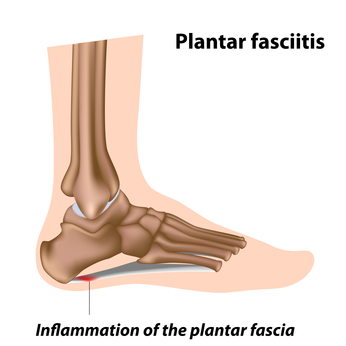 back. A chiropractor can certainly help you to get rid of the pain and make you feel all better. They will start by assessing the area on the bottom of the foot and the top of the ankle. There may be tightness in those areas, so they will massage and work through any knots they may find. They will also massage and work on the muscles around the shin bone.
back. A chiropractor can certainly help you to get rid of the pain and make you feel all better. They will start by assessing the area on the bottom of the foot and the top of the ankle. There may be tightness in those areas, so they will massage and work through any knots they may find. They will also massage and work on the muscles around the shin bone.